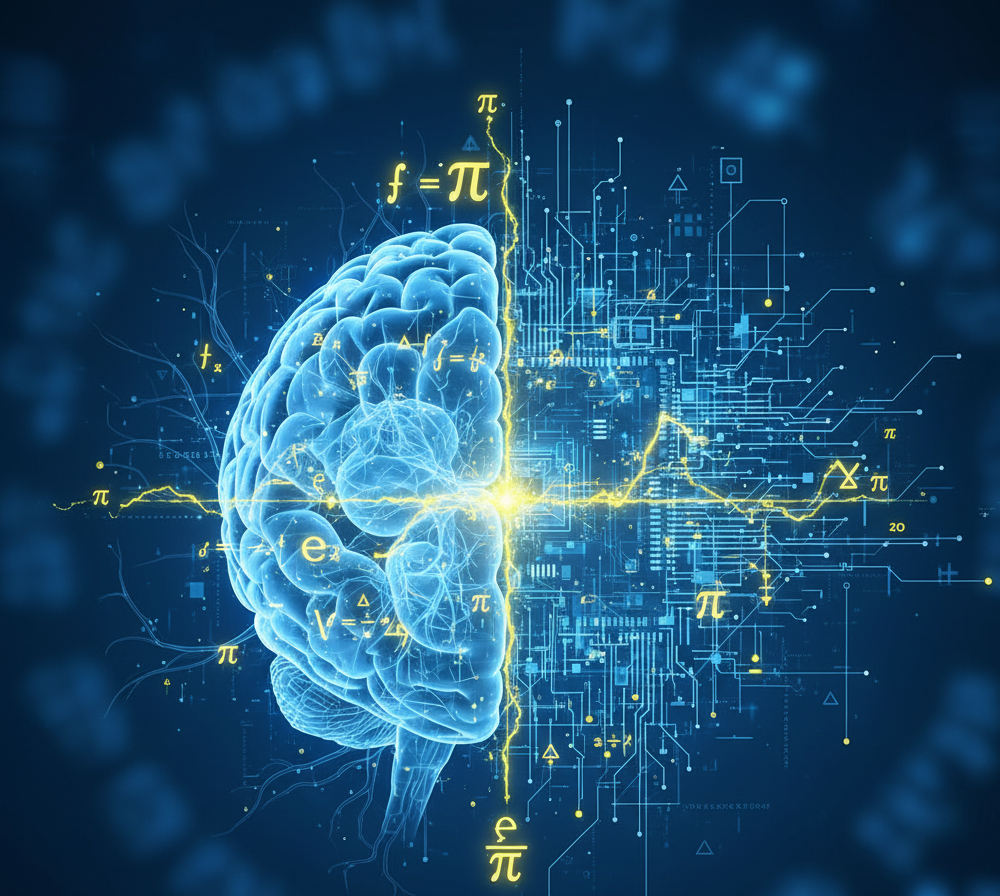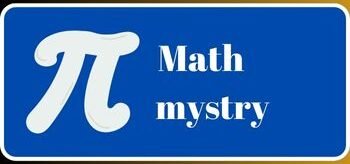Currently Empty: $0.00

Introduction: Embracing Digital Transformation in Math Learning
Mathematics education in the digital age has revolutionized how students learn and teachers instruct. The traditional classroom model is rapidly evolving into a dynamic, technology-enhanced learning environment that makes mathematical concepts more accessible and engaging than ever before.
The Evolution of Math Teaching Methods
From Traditional to Technological Approaches

The shift from conventional teaching methods to digital platforms has transformed mathematics education in the digital age. Where once students relied solely on textbooks and blackboards, they now have access to interactive tools that bring abstract concepts to life.
Key Technologies Reshaping Math Education
Interactive Learning Platforms
Modern mathematics education in the digital age utilizes platforms like Khan Academy and GeoGebra. For educators, our specialized article Transforming Math Learning: How Technology is Reshaping Mathematics Education. These tools provide:
Visual representation of complex concepts
Step-by-step problem solving
Instant feedback mechanisms
Personalized learning paths
Artificial Intelligence in Math Learning

AI has significantly enhanced mathematics education in the digital age through:
Adaptive learning algorithms
Personalized difficulty levels
Intelligent tutoring systems
Automated assessment tools
Gamification Strategies
Game-based learning has transformed mathematics education in the digital age by incorporating:
Reward systems and achievements
Progress tracking features
Competitive learning environments
Engaging story-based challenges
Benefits of Digital Math Education
Enhanced Student Engagement
Mathematics education in the digital age has dramatically increased student participation through interactive content and immediate feedback systems.
Personalized Learning Experiences
The digital approach to mathematics education allows for:
Customized learning pace
Targeted skill development
Individual progress monitoring
Adaptive challenge levels
Improved Conceptual Understanding
Digital tools in mathematics education help students:
Visualize abstract concepts
Explore mathematical relationships
Connect theory with practical applications
Develop deeper comprehension
Challenges in Implementing Digital Math Education
Accessibility and Equity Issues
Despite advancements in mathematics education in the digital age, challenges remain:
Digital divide among students
Unequal access to technology
Infrastructure limitations
Socioeconomic barriers
Teacher Training Requirements
Successful implementation of mathematics education in the digital age requires:
Comprehensive teacher development
Technical support systems
Curriculum adaptation strategies
Ongoing professional training
Effective Digital Teaching Strategies
Blended Learning Models
Combine traditional and digital methods in mathematics education through:
Flipped classroom approaches
Hybrid assessment techniques
Supplemental online resources
Balanced instructional methods
Project-Based Digital Learning
Implement practical applications in mathematics education in the digital age using:
Real-world problem solving
Collaborative online projects
Data analysis activities
Mathematical modeling exercises
Future Trends in Digital Math Education
Emerging Technologies

The future of mathematics education in the digital age includes:
Virtual reality math labs
Augmented reality applications
Advanced analytics systems
Immersive learning experience
Data-Driven Instruction
Mathematics education in the digital age will increasingly utilize:
Learning analytics
Predictive assessment tools
Customized content delivery
Evidence-based teaching methods
Best Practices for Educators
Selecting Appropriate Digital Tools
Choose technologies that enhance mathematics education by:
Aligning with learning objectives
Supporting diverse learning styles
Providing reliable performance
Offering user-friendly interfaces
Creating Balanced Learning Environments
Maintain effectiveness in mathematics education in the digital age through:
Appropriate technology integration
Regular evaluation and adjustment
Student feedback incorporation
Continuous improvement processes
Success Stories and Case Studies
Global Implementation Examples
Several countries have successfully transformed their mathematics education in the digital age:
Singapore’s nationwide digital math program
Finland’s phenomenon-based learning approach
South Korea’s tech-integrated curriculum
Canada’s innovative digital initiatives
Conclusion: The Future of Math Learning
Mathematics education in the digital age represents a fundamental shift in how we approach teaching and learning. This transformation is explained in our article with a specific focus on mathematics.While challenges around access and implementation persist, the potential benefits for student engagement and understanding are substantial. As technology continues to evolve, mathematics education in the digital age will become increasingly personalized, interactive, and effective.
The ongoing transformation of mathematics education through digital tools promises to create more equitable and engaging learning experiences for students worldwide, preparing them for success in our increasingly technological society.
